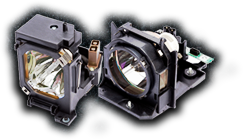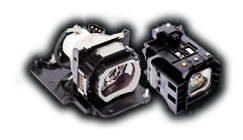Just like other gadgets, projectors are shrinking. Today, you can find a projector that fits right in your pocket, or one that’s lightweight enough to carry with you anywhere.
But are there mini solutions that can replace home theater projectors? The short answer is not yet. Instead, micro projectors work well for on-the-go multimedia presentations and lower image-quality video viewing. So is a mini projector worth the investment? It depends. There are different types available with a range of capabilities that will work nicely for some people.
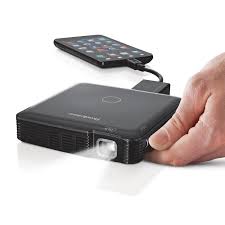
Types of Mini Projectors
The options for portable projectors are pretty endless. In fact, projectors that are labeled “portable” by their manufacturers are often permanently installed, because, although they’re small enough to take anywhere, they’re powerful enough for business presentations, gaming and video – all at a price that’s competitive.
Yet, there’s a difference between portable and mini projectors. Namely mini projectors are smaller and less powerful than projectors that have been labeled “portable.” The biggest advantage, though, is the size. The majority of micro projectors can fit in your pocket or bag – you can take them virtually anywhere.
Really, there are two main size classes for micro projectors – pico or pocket projectors and palmtop projectors.
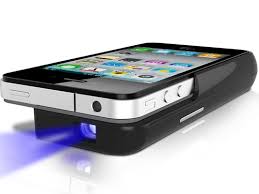
Pico projectors are the smallest, and some are roughly the size of a graphing calculator or smartphone. Pico projectors are used for many different things, from video to business slides, although they’re usually more geared toward multimedia presentations. Due to their size, though, picos generally don’t have many features or the brightest bulb.
Palmtop Projectors are larger in size and generally cast a brighter image than their pico counterparts. Plus, as they’re built in larger frames, palmtops may have more ports, built-in sound and more storage, but they’re still lightweight enough to add to your bag and hardly notice.
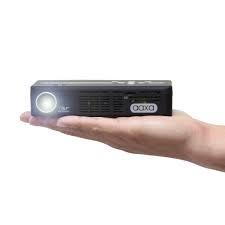
Mini Projectors: Pros and Cons
So what is the point of owning a pico or palmtop projector, especially considering all the “portable” options? There are pros and cons, but in some cases, they make a lot of sense.
Pros:
- Size: Of course, the biggest advantage is size. Many pico options can fit in your pocket or your laptop bag. That’s why these projectors work well for the business traveler; they need a projector that can travel anywhere. Plus, there are options available for those that want to project videos and even movies on the go.
- Easy Set-Up: Set-up is another advantage of the pico projector. Compared to some other portable options, picos and palmtop projectors can be set up in a minute or two. Plus, the majority run on batteries – a great feature when an outlet isn’t near.
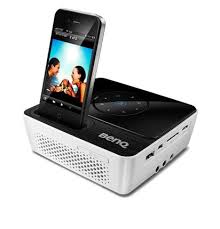
Easy Set Up with Mini Projectors -
Built-In Sound, Storage: It’s increasingly common for pico and palmtop projectors to have built-in sound and storage systems. Although you won’t find a hard drive with tons or space or an extremely powerful speaker, these features are still very functional. For instance, the Optoma PK320 has 2GB of internal space and a 1-watt speaker.
Cons:
- Brightness: Generally, pico and palmtop projectors have limited brightness, ranging from 10 lumens up to 100 or more. But that seems to be changing. Using LED lamps, many micro projectors can now display images as bright as 1,000 lumens, like the Dell M115.
- Limited Features: As these projectors are very small, you won’t find many features. For instance, there are usually a limited number of ports. Yet, the technology is slowly but surely catching up, and options like 3D and wireless connectivity are slowly becoming standard features.
- Low Resolution: You won’t find an affordable Full HD pico projector. They just don’t exist yet. There are some Native 720p options available, like the AAXA P2 Jr., yet the majority fall into the WGXA and XGA resolutions or lower. That’s fine for business presentations, but it’s not ideal for watching video or gaming. Plus, the contrast is generally fairly low, up to about 1,000:1, but this is changing thanks to the LED projectors.
- Cost: Pico and palmtop projectors are relatively affordable, starting at about $200. But for the features, brightness and their native resolutions, a larger, more powerful projector makes the most sense.
Bottom Line: Should You Buy a Pico or Palmtop Projector?
It’s tough to say. If you need a low-cost projector for small, on-the-go business meetings, a pico projector will likely suffice. And if you’re always on the go, and need something that will cast a video on the wall of wherever you are, a pico might be the right option.
But the technology is still catching up. In a few years, picos and palmtop projectors will likely be even more competitive with their larger counterparts, but right now, if you’ll only be moving your projector from time to time, a “portable” projector is the better option.
Â
